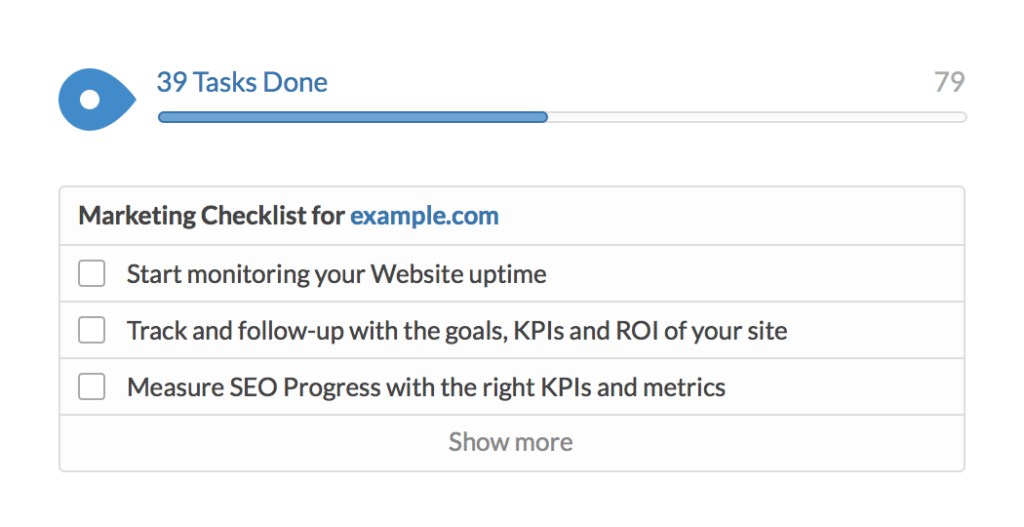In the not so distant past, marketing of software systems, hardware or IT services by channel partners or value-added resellers (VARs), was secondary in importance to sales and business development. Today, changing marketing dynamics have forced channel partners, vendors, and publishers to reconsider and elevate marketing to mission critical status.
This blog will identify four (4) reasons that effective channel partner marketing is more important than ever, followed by Top 10 Marketing Best Practices for Channel Partners, a channel partner marketing infographic, and links to additional resources.
4 Reasons Channel Partners Should Reconsider Marketing
First, sourcing or selection IT related products or services has shifted. Studies show that up to 90% of technology products and professional services sourcing begin with or use a search engine. Second, competition has intensified. Now channel partners face greater competition from local, regional, national, on-line and non-traditional competitors. Third, marketing has changed dramatically. The modern marketing mix focuses on search authority, thought leadership and lead generation, and importantly, is proving dramatic and measurable results. Marketing activities are often categorized as Inbound and Outbound. Fourth, historically channel partners tend to spend less time, effort, resources and investment in marketing than other industries. But for the factors above, now must make marketing a higher priority, or risk failure.
So what types of marketing should channel partners undertake? What marketing is most effective? Take a look at our Top 10 Marketing Best Practices for Channel Partners at-a-glance, followed by marketing best practices detail and a Channel Partner Marketing Process info–graphic!
Top 10 Marketing Best Practices For Channel Partners
1. Analysis and Planning
2. Leverage Vendor Support
3. Build Awareness
4. Direct Marketing
5. Referral Program
6. Website improvement and search engine optimization
7. Build awareness
8. Content
9. Blogging
10. Webcast and Live Events
Channel Partner Marketing Best Practices Detail
1. Analysis and Planning–Prior to embarking on marketing, take a step back with some analysis. Identify sales and profit by market segment, and product or service. Determine growth opportunities. Evaluate competitors marketing, websites, products and services. Ask an expert for an objective opinion. A marketing plan should identify timing of marketing initiatives throughout the year, along with estimated expenditures. Use a spreadsheet or calendar to manage marketing.
2. Leverage Vendor Support-Hardware vendors and software publishers typically have much deeper marketing resources than channel partners. From templates for brochures, websites, email or case studies, to content for these applications. Vendors often sponsor webcasts and product demonstrations that channel partners can participate in. Finally, vendors or publishers might offer co-op or market development funds (MDF), to reimburse channel partners for approved marketing initiatives.
3. Build Awareness–A search-optimized website can improve search authority, but awareness is having a presence in your region to build word-of-mouth and referrals. Participate in or sponsor networking events. Consider advertising in local or regional publications. Aggressively write news or press releases, and distribute to local, regional and national editor lists. Use free and paid news distribution services. Research and seek speaking opportunities at relevant events. Note that the bigger the event, the longer the planning cycle.
4. Direct Marketing–The purpose of all marketing is lead generation. So manage it with a customer database, marketing automation software or contact manager. Code, track and report leads. Integrate the database with website registration pages, and email campaigns. Conduct ongoing research into relevant prospects and contacts. Procure prospect lists from publishers or associations. Use telemarketing qualification to identify decision makers and contact information.
5. Referral Program–A recent study identified 52% of professional service business is referrals. Support client referrals by requesting references and testimonials. Identify highly networked clients and ask for referrals. Recognize referrals with gifts and thank you’s. Nothing gets referrals more that providing referrals. Systematically cultivate and give referrals.
6. Website Improvement and Search Engine Optimization (SEO)–Your website is the foundation of the marketing program. A website more than 3 years old could be obsolete (mobile version?). Does the site rank in the top 3 search results for keywords? Run search engine optimization diagnostics like SEOmoz to identify issues and problems. For more SEO tips, check our whitepaper: Search Engine Optimization.
What are your website traffic statistics? Check Google Analytics. What about content and image? Does the site have compelling content like case studies, and events? Do the graphics represent a professional image that customers can trust with their investment? Importantly, is lead generation maximized with offers and registration pages? Consider paid search (Pay-Per-Click) if vendors allow.
7. Content–Be the subject matter expert (SME) or thought leader for your niche. How? Develop case studies, white papers, eBooks, surveys and industry studies, videos and more. Use and repurpose the content for your website, blogging and social media. Use content for your credentials kit when submitting proposals. Search and curate (use with credit) content from other publishers, bloggers and editors.
8. Blogging–The tool for distributing all your content is a blog. Blogging has many benefits to a marketing program including excellent search engine optimization (SEO). Blogs integrate with your website and social media to build indexed pages, and distribute content through bookmarking and social sharing. Blog software like WordPress has powerful search optimization features, widgets and plug-ins.
9. Social Media–Social media is the hottest topic in marketing. Why? Because it can build search authority, and generate leads! How? Build-out profiles including LinkedIn personal profiles and company pages, a Facebook business page, Twitter profile, YouTube channel, Google+ and Google Places. Be sure to add social profile icons and links to your website and blog. Add social share tools to both website and blog (Facebook Like, Twitter Retweet, Google+, Bookmarks).
10. Webcasts and Live Events–Develop frequent webcast events on relevant topics. Identify relevant vendor events. Promote and communicate events via email, PR and social media channels. Attend and sponsor local or vertical marketing relevant networking and trade show events. List upcoming events on your homepage, and add an events page to the website with archives.
Following is an infographic that illustrates the channel partner marketing process.
The New Channel Partner Marketing Imperative
Marketing has elevated to mission critical status for channel partners, and the vendors or publishers they represent. To survive and thrive, channel partners must effectively implement marketing using a variety of tightly integrated outbound and inbound marketing tactics, all focused on building awareness and generating sales leads.
While internet and social media are all the rage, traditional marketing including referral programs, publicity and email are still critical to success.
Clearly, channel partners must invest more time, staff and financial resources in marketing. How much? A recent study identified IT service providers spending an average of 7.2% of revenue, and high-growth IT service providers spending an average of 12% of revenue. Depending on staff resources, channel partners may require the services of a marketing agency. Contact us for effective VAR marketing services.




